Last Updated on April 14, 2022
As you turn the key to start up your vehicle’s engine, the battery of the vehicle produces an electrical current which goes into the ignition system and starter motor.
If another current is needed which the alternator cannot provide, then the battery will provide this extra current. After all, the battery is the vehicle’s reservoir of electricity.
The lead-acid storage battery, aka the automotive battery, generates the voltage needed to start the vehicle and then delivers it. The action of this electrochemical device is reversed as the vehicle runs the battery. As a result, the battery gets recharged so it can continue to service the vehicle for a few years.
Related: How Long Do Car Batteries Last?
Top 5 Bad Car Battery Symptoms
If your battery is starting to go bad or fail, there are some recognizable signs to look out for. Once you start to experience these symptoms, you should consider replacing your battery right away.
Otherwise, a bad battery can cause extra problems for your vehicle and at the very least, frustration for you at the worst time.
#1 – Warning Light for Battery
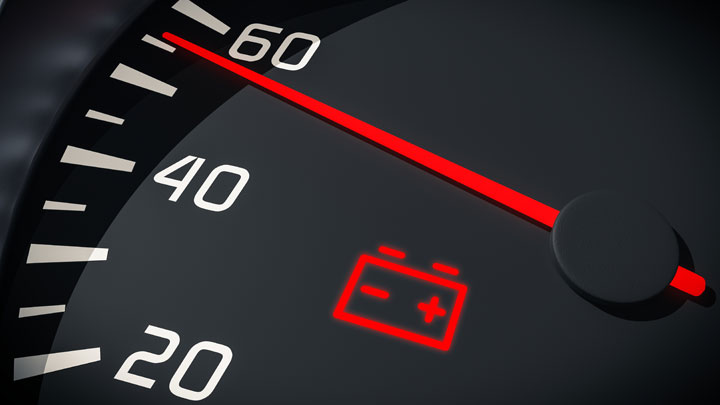
On the dashboard, you should see a battery warning light that may illuminate. The light should be shaped to look like a battery and it will turn on if the battery is not properly charging or the battery has some internal issue.
Often, this warning light comes on when there is an issue with the alternator or any area of the electrical system. The best thing you can do when this light comes on is to test the voltage of both the alternator and battery or take it to the mechanic and have them do this for you.
Related: Difference Between a Dead Battery and Bad Alternator
#2 – Engine is Slow to Crank

If it takes longer than usual to start your car, this is an early warning sign that your battery is almost dead. You’ll experience a long whirr as you try to start the car. The next thing you’ll know, the electronics of your vehicle will not power on either.
A failed battery is often the cause of a slow engine crank. So, if your car still eventually starts after it whirrs for a little bit, use a multimeter to test the voltage of the battery to make sure it’s not starting to fail. Or take your car to the nearest auto parts store or repair shop to have them test it.
If you’re getting too low of a voltage, get your battery replaced before all the electronics in your vehicle stop working or you get stranded somewhere and need to jump start your car.
Aside from the whirring, you could also verify the condition of some types of batteries by checking the level of battery fluid and seeing if it’s low. You may also see corrosion forming on the battery terminals. This corrosion needs to be cleaned prior to starting the vehicle as it interrupts the flow of electricity.
Related: Best Portable Battery Jump Starters
#3 – Rotten Egg Smell
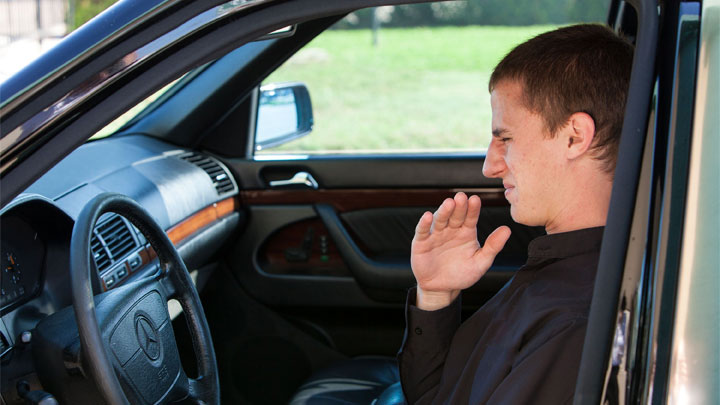
One of the most easily recognizable signs is the smell of rotten eggs after you open the hood. Most car batteries contained a combination of sulfuric acid and water. When the battery starts to get worn out, both elements of the mixture could evaporate and cause problems for the rest of the mixture.
As a result, the battery will begin to boil from overheating and cause that horrible rotten egg smell to fill the air around it. You may even see smoke come out if it gets bad enough.
#4 – Problem With Electrical Components

The battery of a car needs to do more than just power the engine. It also has to power the electrical components of the car as well. These days, cars are loaded with all kinds of electrical components and accessories.
You have headlights, power seats, heated seats, power windows, dashboard lights, stereo, navigation, windshield wipers, and other power hungry features. These all function from the power of the battery.
If they stop working or don’t work as well as they should, then that is usually a sign of a weak car battery.
See Also: Tips for Car Battery Maintenance
#5 – Bloated Battery Case
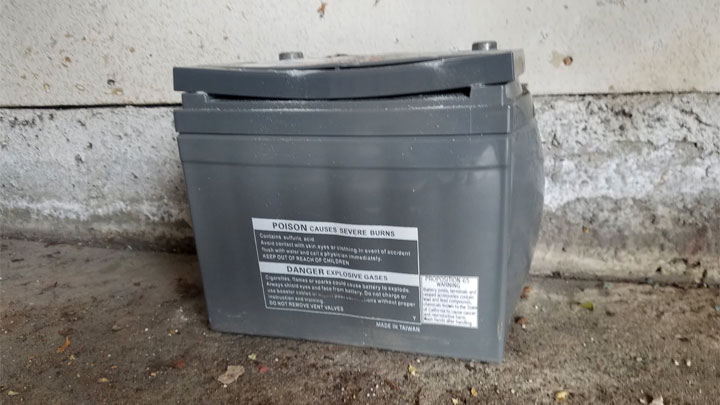
The battery in an automobile exists inside of a box. This battery goes through a chemical reaction to provide power to the vehicle. However, there could be situations where the chemical reaction doesn’t perform as it’s supposed to.
Perhaps there is too much cold or heat around the battery which is causing this to happen. If that’s the case, there’s a rare scenario where the sides of the battery (which are normally flat) will start swelling up. This is often the case for people who live in colder regions and don’t drive their vehicles very much.
What happens is their car batteries begin to freeze up and then swell because their vehicles haven’t been driven in a long time and the battery hasn’t been used. This will result in the battery needing to be replaced because once the battery swells, you might as well kiss it goodbye because it’s dead.
Car Battery Replacement Cost
Best places to order parts? See: 19 Best Online Auto Parts Stores
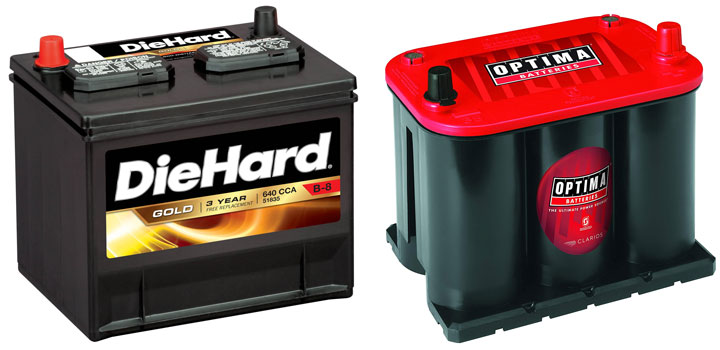
There’s good news and bad news when it comes to the cost of a new car battery.
The bad news is that car battery prices have gone up significantly over the years. A few years ago, you could pick up a good quality 48 to 60 month battery for around $60. These days, that same battery is close to double that amount (by far surpassing yearly inflation). Even the cheapest 36-month battery is around $80 these days. The higher cost of lead is a big reason for higher battery prices.
The good news is that even if you spend $150 on a replacement battery, the cost in the grand scheme of things isn’t all that bad when compared to other automotive part replacement costs. With battery warranties, you’re pretty much guaranteed to get at least two years out of the battery or they’ll replace it for free. This period of time can vary depending on brand.
If your battery fails after the free replacement period but before the end of the warranty period (ie: a 60-month battery), you’re almost always given a pro-rated credit that can be used towards the purchase of a new battery. It’s similar to how tire warranties work.
See Also: 7 Causes of a Car Battery That Keeps Dying
Average Cost of a New Car Battery
The price of a new car battery can vary quite a bit depending on it’s brand, type, size, warranty length, performance in cold climates, and of course the place of purchase.
By far the most common type of car battery is the lead-acid. In general, you can expect to pay anywhere from $70 to $180 for a new lead-acid car battery. Keep in mind that merchants add on a “core charge” unless you provide them your old battery.
Places like Walmart, Costco, Sam’s Club, and Bi-Mart are all merchants you can get a good price on a quality battery. Your local auto parts store (Autozone, O’Reilly, Napa, Advance Auto Parts, etc.) would be the next best place but prices may be slightly higher.
See Also: 19 of our Favorite Places to Buy Car Parts
Tire shops and car dealerships are known to mark up car battery prices quite a bit and while it may be more convenient to get the battery there if you’re already there for service, you’re going to pay more.
Good lead-acid car battery brands include Interstate, Duralast, Everstart, DieHard Motorcraft, and Champion.
AGM batteries, which use a different type of composition, are best for power-hungry vehicles (modern luxury cars, custom sound systems, etc.) but they come at a premium. AGM battery prices are usually in the $150 to $250 price range but some are even more.
Optima, famous for their RedTop and YellowTop models, is the most well-known AGM battery brand and most often recommended.
It’s also worth noting that inn most cases, as the weight of a car battery goes down, the price goes up.
Installation Cost
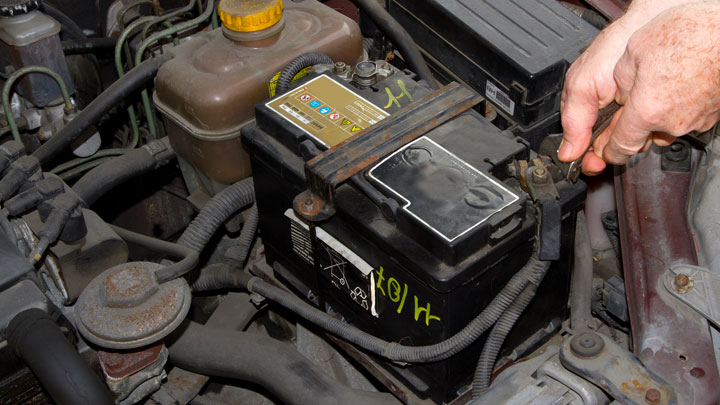
Replacing a car battery is one of the easiest car maintenance task you can do in most cases unless your car manufacturer decides to place the battery in a hard to reach spot (like under the floor board or under the rear seat).
But even then, DIY battery replacement usually doesn’t take more than 15 min. A simple Google or Youtube search (example: “2010 Mazda 3 battery replacement”) is all you need if you’re not sure how.
But if you’d rather let someone else handle it, purchasing from most auto parts stores usually comes with free installation. Simply pay for your new battery and they’ll come out to their parking lot and remove your old battery and install your new one (in about 10 minutes).
Again, I don’t recommend most dealerships, tire shops, or other auto service chains for battery replacement. On top of high battery prices, you’ll be charged an additional $10 to $50 (or more) just for installation, depending on the battery’s location.

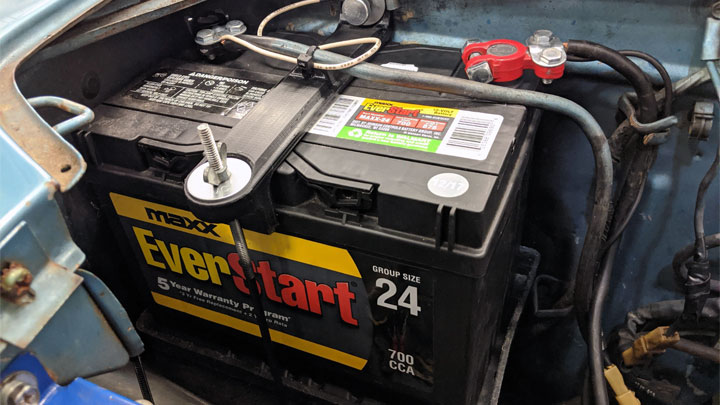
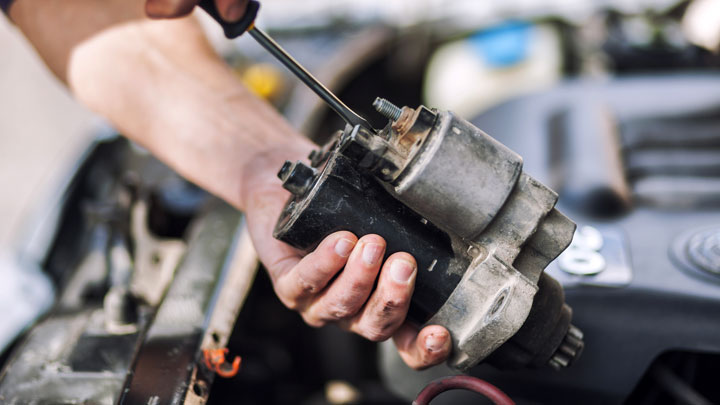
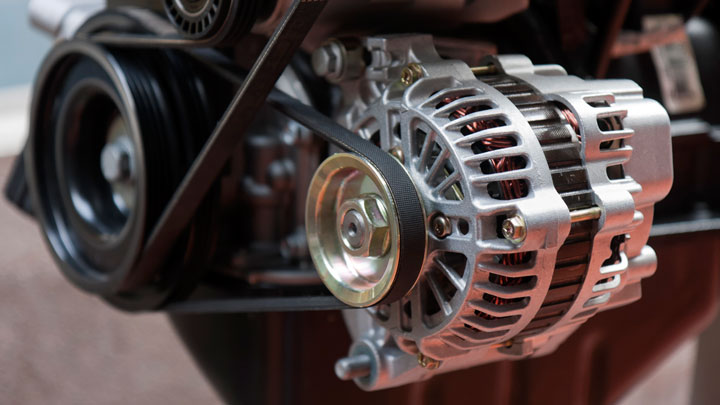

I have an Acura r l 2002 I just replace the battery the car has had a problem starting up since I got it it seems when I turn the ignition sometimes it starts and sometimes it doesn’t but I noticed when it first rained it had a problem starting up more than the other days so I’m going to replace the coil packs and start from there since I just replace the battery I know that there is an ignition wire in there that could possibly be the culprit but I’m not sure might you have any advice for me I would greatly appreciate it thank you